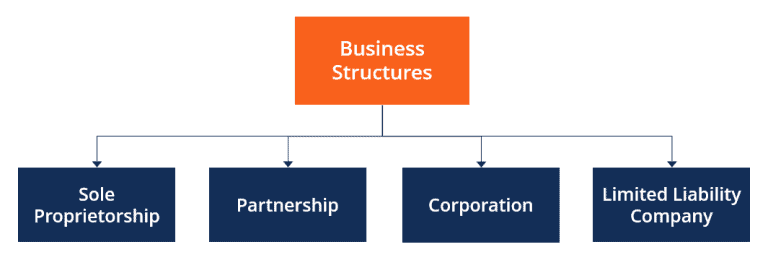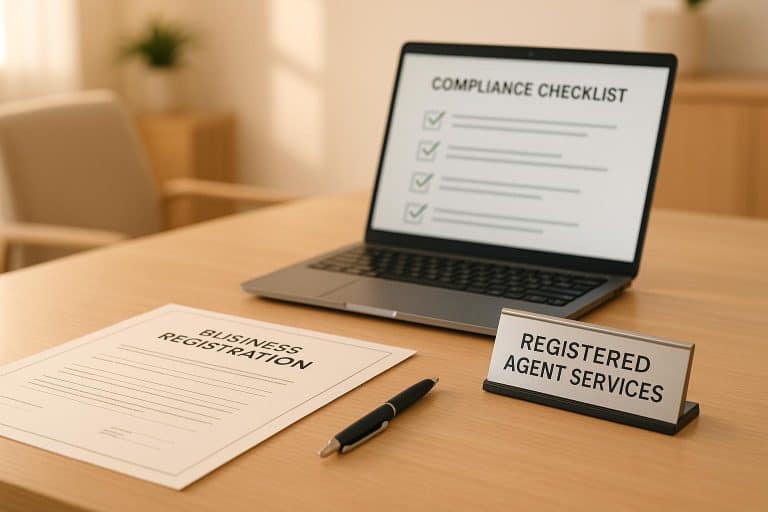Do you know how to set up your Shopify store for revenue generation? It’s an ecommerce website enabling businesses to manage their products, shipping, and payments in one place. It’s easy to use, allowing you to improve your sales effort online.
Are you a novice seeking methods to set up your Shopify store for a large audience of online and offline consumers? We’ll discuss the pros, requirements, and strategies to succeed. Let’s get started.
What is Shopify?
Shopify is a Canadian international ecommerce platform allowing companies to manage products, payments, and shipping from one location. With this platform, your business can form and customize an online store to generate revenue.
Shopify lets you register your business for free and effortlessly sell products to a broader audience offline and online. Furthermore, it allows you to trade in various locations through remote marketplaces, brick-and-mortar locations, social media, and websites.
What are the advantages of Shopify?
Easy to use, simple integration and dedicated customer support are pros of Shopify. Let’s dig into the details:
Easy to Use: Using Shopify is straightforward and one of the quickest platforms for sales. You can build and manage an online store on this website regardless of your technical business knowledge.
Single E-commerce Platform: You can get all your electronic commerce needs from Shopify. Starting eCommerce business lets you easily manage products, shipping, payments, and inventory on one platform.
Simple Integrations: Shopify allows users to manage businesses comprehensively, integrating over 1,200 available apps in the store. Besides, they cover customer service, drop shipping, email marketing, and search engine optimization (SEO).
Customer Support: This platform provides 24/7 customer service via email, live chat, and phone, enabling you to always reach out for support.
Helpful Online Resources: Shopify offers users many valuable online resources and marketing strategies to succeed. On the platform forums and blogs, you can ask common questions and learn new ideas about running your online company formation store from professionals.
What Do You Need to Set Up a Shopify Store?
A pricing plan and creating an online account are everything you need to set up your Shopify store. Here are the details:
Choose a Pricing Plan
After choosing Shopify for your business, consider signing up for a 14-day free trial. Furthermore, it allows you to use available options and functionalities to see if it suits your needs.
You must select a pricing plan after using the free trial period. The package’s current prices range from $29 to $299 monthly, based on the features you use.
Create an Online Account
You need to create an online account to use Shopify. Follow the below steps for desired results:
Step 1: Create an email address and password. They’re your login information to the account.
Step 2: Form a store name. It’s your business identity, allowing customers to find your company. It’s often on every page of the Shopify Store and the URL.
Step 3: You’ll need additional information, such as your name, phone number, business address, and what you sell.
6 Steps to Setting Up Your Shopify Store
Adding your products, customizing the website, and setting up shipping are a few ways to succeed. We’ll discuss the steps below:
Add your products
Conducting market research and adding sellable materials to your online company incorporation store is the first step. Start by importing a product list in a CSV file or move them from another e-commerce platform.
You can also select products manually, as Shopify lets you organize and customize them for customers. Include the item name, a short description, images and pricing. Lastly, consider adding color, sizes, shipping information and an SKU code.
Customize Your Shopify Website
You can customize the website to represent your brand with over 70 free Shopify templates and layouts. It allows you to control the look and feel of your page for visitors.
Contact a paid service or Shopify experts for help if you’re unsure how to begin. These professionals can set up, design, develop and market your store for revenue generation.
Set Up Shipping
Shipping is a crucial part of the business; your strategies and rates will determine company growth. Some e-commerce stores charge flat prices for shipping, while others adopt carrier fees. Find a workable balance between the costs, whichever option you choose.
Consider the product and packaging type when determining the shipping rate for your Shopify store. Keep the countries and regions in mind and set a reasonable price for everyone.
Choose a Shipping Partner
A shipping partner is a third-party logistics company with delivery personnel in charge of picking, packaging and transporting goods to customers. Besides, their cost varies based on the company, and third-party carriers like UPS and FedEx offer excellent services.
You can also use a drop-shipping service or fulfill shipping orders manually. Users can create accounts for Shopify Shipping, an in-built application calculating rates through DHL, UPS, and FedEx.
Set Up Payments
Shopify allows users to set up various payment methods, enabling customers to make a purchase. You’ll get standard payment methods such as PayPal and credit cards. Furthermore, it allows you to receive payments from Apple Pay and Amazon Pay.
You can use a third-party service provider or Shopify Payments to accept credit card payments. The company allows you to manage money received from these providers via the dashboard.
Set Up Shopify Store Policies
These policies provide clarity on your operations and keep your business secured legally. It allows you to create terms of service, customer privacy, and refunds.
These policies also let you set shipping rules and automatically link to your checkout pages in the footer.
Key takeaways
After setting up your Shopify store with shipping and payment methods, consider running a test to ensure everything is in order. It’s free and allows you to detect irregularities in the process. You can tailor the solution to unexpected issues to achieve success.
Set up your Shopify store and test the process by simulating a transaction or email notification. You’ll see how your tax processes, shipping, inventory, order and checkout work.








